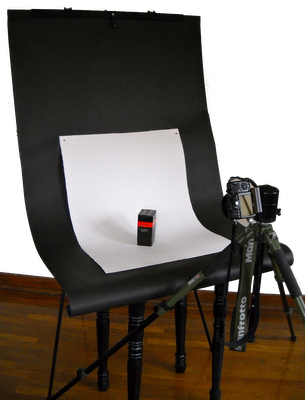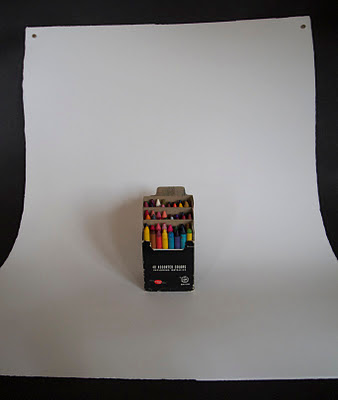
Crayons, known for having produced many stick figures, showing alternatives to simple batik processes, used to push up ones nose, rudimentary in wax monoprinting, and along with who knows how many other enjoyable activities- 'cept maybe not the nose thing.
The term crayon is inclusive, synonymous with certain memories and products. Not always on the top list for artist materials, or at least professional artist ones. Sometimes even condemned to be, "childish," as if, "childish," is a bad thing. Having my own reservations about them, I still feel they've earned a right, even if it were out of just plain nostalgia. It is however, for more than just nostalgia's sake.
Something that springs to mind is that I have been using them for teaching encaustic monoprinting. Rarely ever do we use expensive high-end art supplies to learn a new art form or process, at least not if it isn't necessary, and of course, not in saying to cheap'n the value of the crayon. Here is a look at how crayons are useful different ways.
First off, it is to make full use of that nostalgia value. Nothing like digging through a bucket crayons, or breathing in that familiar scent, to get the memory juices flowing. If not used for what they were meant, they can be found in advertising, sculptures, mailboxes, collections, and much more than one can think of. Where have you seen crayons outside of typical coloring? Images of the crayon are everywhere, just look at the header of this post. Nostalgia plays a big role and is important- whether we realize it or not.
Second, and keeping it short with links to previous posts written on the topic, a process making use of the everyday run-of-the-mill crayon. Combining encaustic and printmaking, wax monoprinting or monotypes, in general is a printmaking technique that creates individual unique pieces with the process applied to encaustic. The process is very simple and crayons make the perfect learning tool. Being relatively inexpensive compared to encaustic paint, but ready to use out of the box, plentiful supply of colors, and found in many stores just around the corner- it's hard to argue the case for not using them. Monoprinting with crayons can be a fun and easy first step to learning a new technique, one tied to a ancient practice. Only remember if you plan on creating gallery worthy work, or honestly any minute amount of seriousness, you may (or may not) move on to encaustic wax. I will not mention the health issues, or the ramifications of using crayons as encaustic here, rather for in depth look on encaustic, refer to the Encaustic Resources link.
Crayons can be used in a simplified batik process or in candle-making as well. Crayons argumentatively will always have a place and serve the purpose of many lessons in art making- WOW! if only only I had my own crayon making mill and label machine I could make my own, with my own choice of ingredients.
Thanks for reading and don't forget to look at, Crayons in the Realm of Encaustic, if you would like to read more technical stuff or about encaustic itself, look at the Encaustic Resources.
First off, it is to make full use of that nostalgia value. Nothing like digging through a bucket crayons, or breathing in that familiar scent, to get the memory juices flowing. If not used for what they were meant, they can be found in advertising, sculptures, mailboxes, collections, and much more than one can think of. Where have you seen crayons outside of typical coloring? Images of the crayon are everywhere, just look at the header of this post. Nostalgia plays a big role and is important- whether we realize it or not.
 |
| Monoprinting |
 |
| Batik dyeing |
Thanks for reading and don't forget to look at, Crayons in the Realm of Encaustic, if you would like to read more technical stuff or about encaustic itself, look at the Encaustic Resources.









